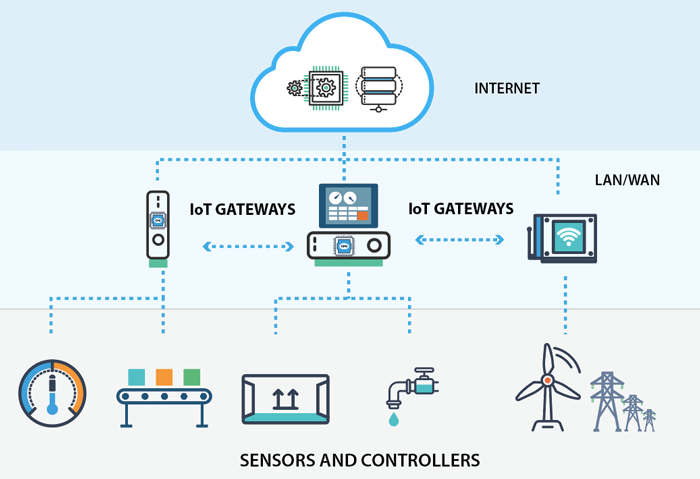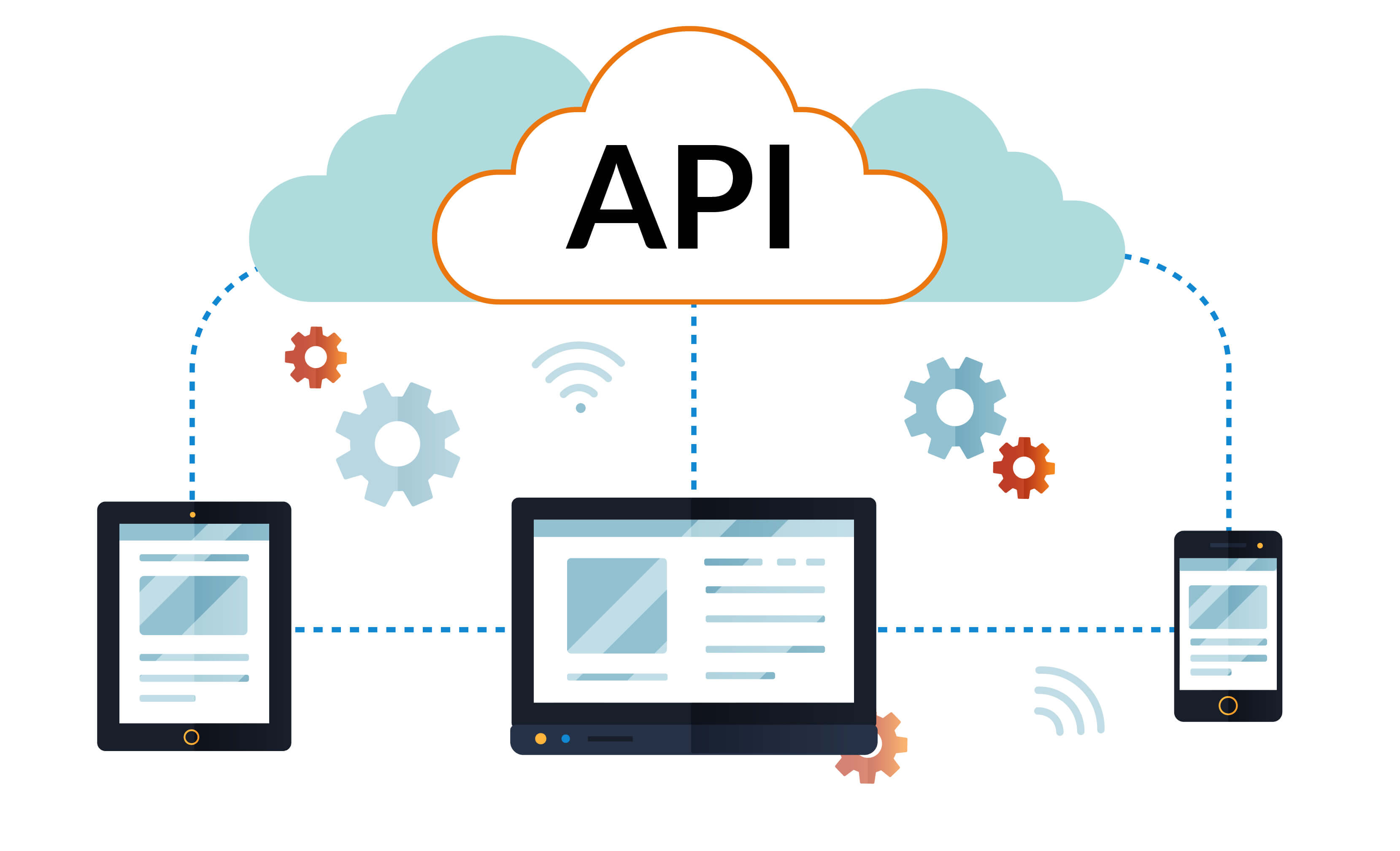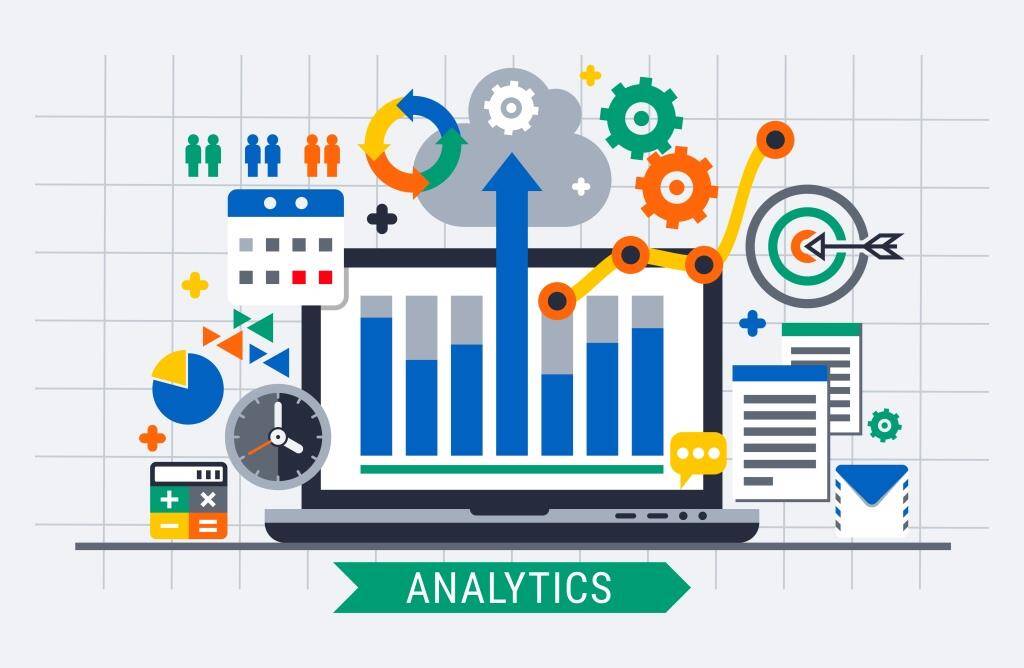What is Internet Of Things ?
A short definition of the internet of things (IoT) is a collection of small devices connected to the internet. The IoT takes the concept “internet” a step further, beyond most people’s use cases.
Thus far, the internet’s primary function is communication. The internet has allowed users to be more accessible to and connected with one another. Most people go to the internet to communicate and retrieve information. Users might login to email or social media accounts, which have the internet running so users can communicate and send pictures to one another. Users ask Google what is going on in the news. Users ask Yelp for information about a restaurant.
The IoT, now, extends this purpose—connection—to the non-human. The same internet technology that sends packets of information from one IP address to another, allowing humans to gather and send information, can similarly have small devices connected in order to gather and send information.
The significance of the IoT
While there are funny use cases for catching signals through the IoT, there can be many, many beneficial use cases. Every industry operates in the same way: receiving a signal and making a decision. Every industry will benefit from putting its custom devices on the IoT in order to collect the necessary data to make more informed decisions about what to do and, more significantly, when to act.
There was talk of IoT in the early 2010s; all the pieces were there. People experimented with linking major home appliances like fridges and dryers to the internet of things. At the time, most of these connected devices were just fancy add-ons or novelties to distinguish a product from its competitors.
In 2020, the IoT is better prepared to thrive. IoT benefits greatly in the technological ecosystem of 2020:
- Storage is cheap.
- The Kubernetes architecture, made available around 2017, is available for managing both many and large computer tasks, removing the burden from server engineers (the focus shifts to cybersecurity).
- Machine learning techniques process and make use of large amounts of data.
- Google Cloud Platform, Amazon Web Services, and Microsoft Azure all have a band of people to manage these resources for a reasonable price.
In the 2020s, tech companies will be able to utilize the IoT and connect devices to provide a service, not just a novelty.
How can Mentis help you with IOT ?
Our end-to-end IoT services empower smart industries, smart living and smart enterprises and deliver connected experiences by connecting assets, operations/logistics, and services. Through innovate IoT use cases, we have helped clients reduce waste, improve efficiency, drive down cost and automate processes across multiple industries
Through IoT technologies, Mentis has helped companies re-imagine the business processes, gain new insights, and guide strategic decisions. Our IoT solutions are the best fit to track and analyze performance, streamline data flows, automate processes, and improve customer satisfaction. From integrating the right sensors and deriving inspired insights to choosing the best-fit platform, we provide comprehensive IoT services to our clients.
We focus predominantly on the segments mentioned below:
Custom Development –

We design & develop IoT gateway solutions that capture, aggregate and transfer data from edge systems to the multiple popular cloud platforms such as – AWS, Azure, and GCP. Solely to make your internet of things application a gateway to the future.
API Deployment –

Coming with thoroughly designed UX/UI for all screens, the options include voice control and image recognition. If you’d love to integrate a third-party API, just pick one and we’ll make sure it’s here.
Integration & Implementation –

Providing end-to-end solutions, from sensor/equipment integration & M2M communication, to business intelligence integration, by leveraging partner products/platforms and our domain expertise.
Real-time Data Monitoring –

We deploy a real time analytics module allowing users to configure custom data visualization charts and get deep insights into their information.
Connectivity with Wearables –

Coupled with the power of IoT, wearables will bring real-time monitoring, collaboration, personalized perspective, and enhanced quality to any domain where you want it to be.
Data Analytics –

Internet of things is where data gets big indeed. We develop and configure analytics for our offered solutions to generate actionable insights for business users to optimize productivity.
From homes and industries to enterprises, Internet of Things have become commonplace in all walks of life. Today IoT connects people and products in meaningful ways, IoT is making the world smarter and better than ever before. Unlocking the full potential of Internet of Things requires that businesses understand the opportunities for value creation and systematically address the underlying challenges of machine performance, supply chains and logistics.






